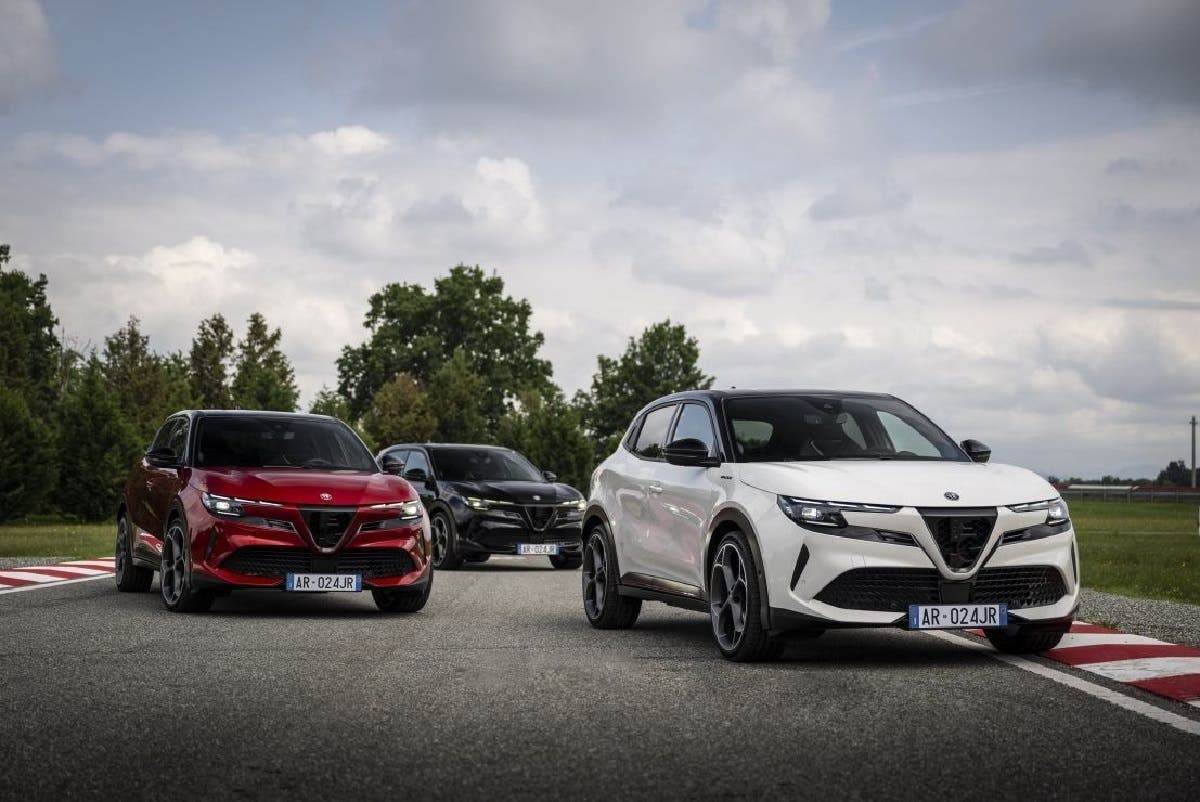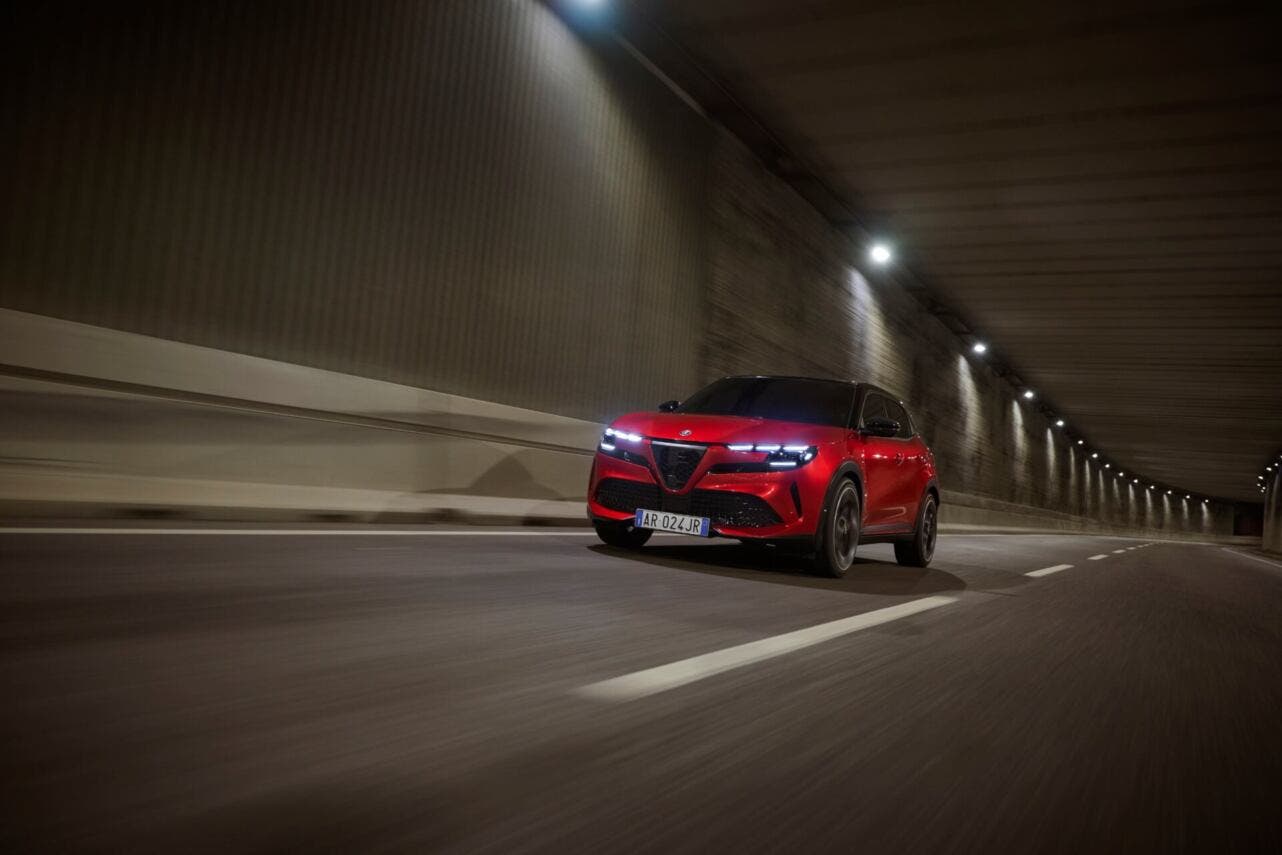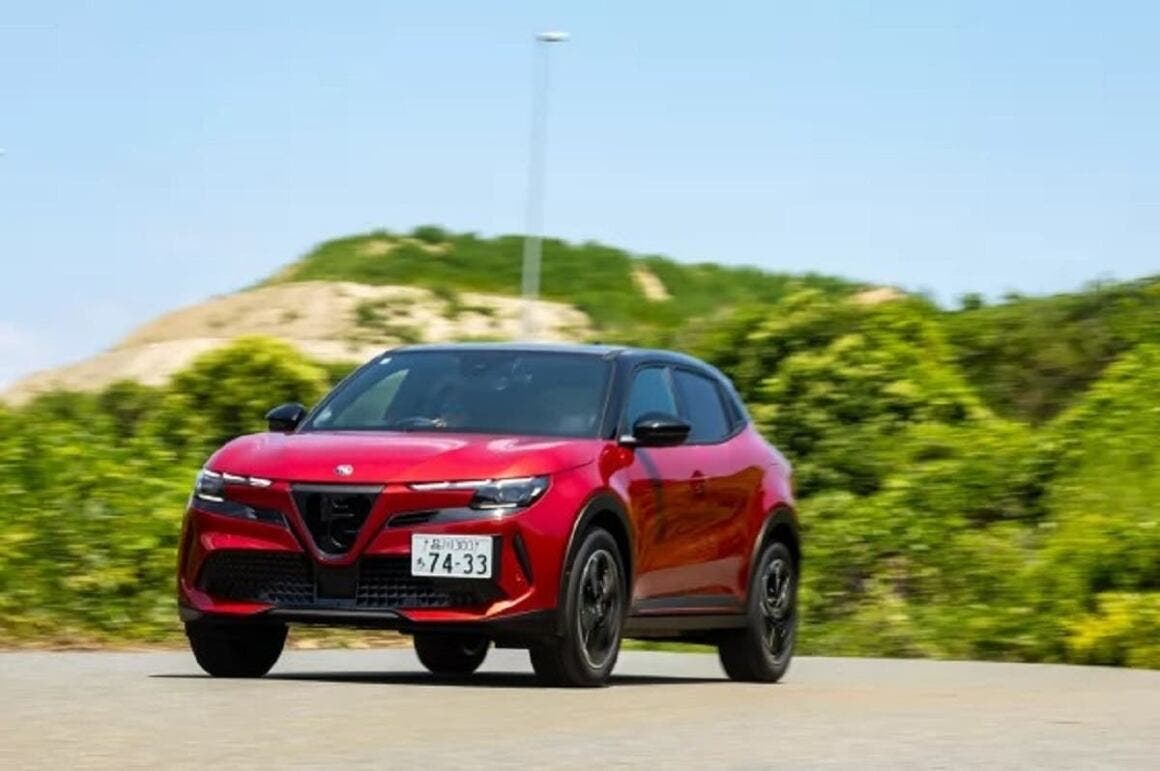The Alfa Romeo Junior is proving to be the decisive model for the brand’s survival in Europe, with more than 50,000 orders collected. The new compact SUV has almost single-handedly changed the fate of Stellantis’ premium marque, driving registrations back into growth across the continent. The situation is very different in the United States, where the absence of the Junior is taking a heavy toll and sales continue to decline.
Alfa Romeo Junior boosts sales in Europe, while U.S. market declines

Between January and August 2025, the Italian market grew by 35% compared to the same period the previous year. With a total of 19,750 units, the Junior alone accounted for 10,092, ranking as the 26th best-selling model in the country. The Tonale reached 7,288 units, while the Giulia and Stelvio, both now out of the top 50, failed to surpass 2,370 units combined. Without the contribution of the new compact SUV, the brand would not have been able to post such a positive result.
Germany is also showing favorable momentum, with 5,222 registrations and a 15% increase. The Junior contributed 2,500 units there, while the Stelvio continues to enjoy a solid following, outselling the Tonale and confirming strong demand for premium SUVs. In France, growth is even more remarkable at 55%, with 4,215 deliveries. In this market, the Junior dominates with 3,089 units, overshadowing the rest of the lineup. In Spain, volumes remain stable at 2,085 units, still largely driven by the newcomer.

The American picture is far more complex. Once considered Alfa Romeo’s second most important market, the United States has now been overtaken by Germany. In the first eight months of 2025, registrations dropped 31% to 4,254 units. A brief rebound occurred between July and August, likely tied to early registrations ahead of Donald Trump’s new 15% tariff on European cars. However, this temporary spike has not reversed the broader downward trend, and the Italian brand continues to lose ground in the U.S. premium market.
